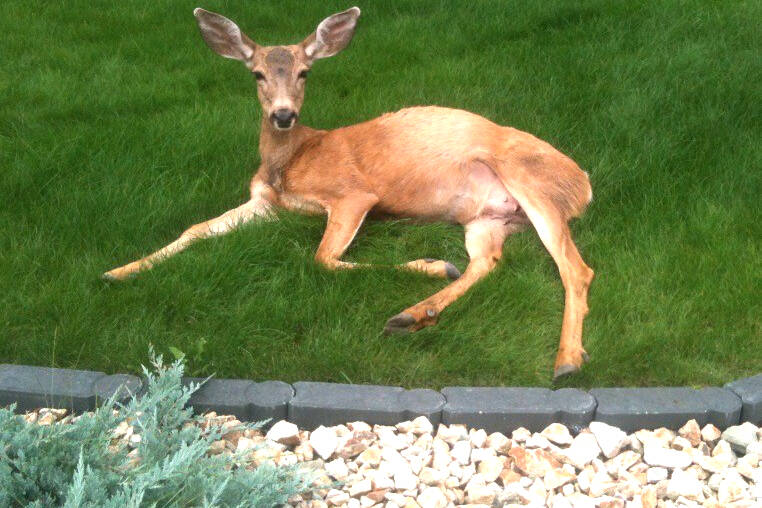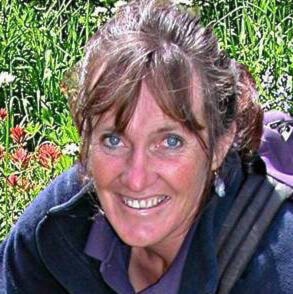Roseanne Van Ee
Okanagan’s Nature Nut
Ever wonder how to prevent woodpeckers from hammering away at your siding, or deer from eating your garden, or what you should do in an encounter with a bear or rattlesnake in your backyard?
How do we enjoy, cope with and protect wild creatures around our homes and theirs? How can we coexist with wildlife?
Let’s remember that we’re often the invasive species in their territory. That’s why we sometimes find wildlife in our yards, ponds, attics, crawl spaces, sheds, under decks and other places where they can hide from predators and/or find food.
Learn how to help and attract wildlife like birds, butterflies and other pollinators while avoiding others like rattlesnakes, bears, coyotes and other predators. Each species is handled differently. So learn about the biology and behaviour of the fascinating wildlife around us to prevent and solve conflicts. The internet and library are fabulous resources. Also, Living with Wildlife in the Pacific Northwest by Russell Link is a fabulously helpful book.
If necessary, reduce or eliminate conflicts in a way that is safe, humane, environmentally sound and socially acceptable. ‘Nuisance’ or problem animals are innocent. They’re only following their own instincts, intending no harm; they’re only doing what they need to survive.
Never feed wildlife human or pet food. Wildlife continually look for food and can lose their fear of humans when we feed them. Then they may become aggressive if not fed as expected.
Our local expert urban wildlife specialist, Pete Wise says, “We create our own problems with nuisance wildlife such as coyotes, bears, raccoons, rats, skunks, etc. by leaving food and water out for them.”
This includes any pet food, bird feed, fallen fruit, water and garbage. Animals remember where food is left out and will return. So only take your compost and garbage out on the morning of collection and feed your pets indoors.
Birds thrive eating the native berries and seeds they evolved with. So growing the right native plants is best. Bird feeders should only go out in winter, if at all, and be placed so only birds and no other animals such as squirrels, rats, raccoons, bears, etc. can reach them.
Learn to identify and enjoy safely watching the wildlife around us. We’re lucky to still have them.
Some don’ts you should know.
�ٴDz�’t:
• leave pet food or water outdoors - it attracts wildlife
• let pets out alone without you, especially at night - they can become prey or a threat for wildlife
• touch abandoned baby animals - their mom may be out feeding and will return
• handle wildlife feces or dead wildlife without precautions - they can carry diseases and bacteria
• trap wildlife - it’s illegal and makes trapping and disposal by experts difficult if required
• relocate wildlife - it’s illegal and spreads the problem elsewhere
Who and when to call if you need help with wildlife problems:
Conservation office for sick, injured, aggressive or vicious wildlife 1-877-952-7277 (this is the RAPP call centre that connects you to the proper control service)
Wise Wildlife Control Services for wildlife too difficult to handle; for controlling wildlife damage or evicting wildlife from buildings; or preventing conflicts, 250-503-7151.
Roseanne Van Ee enthusiastically shares her knowledge of the outdoors to help readers experience and enjoy nature. Follow her on Facebook for more.





.jpg)